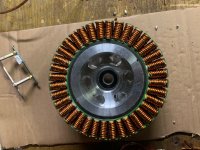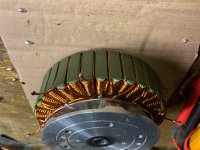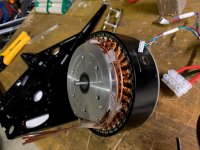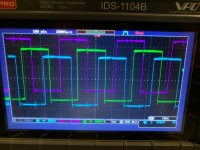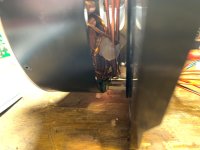mxlemming
100 kW
- Joined
- Jul 17, 2020
- Messages
- 1,122
It will help a bit. The stator losses are primarily due to the fundamental frequency but also the harmonics have an impact. Thing is, these motors have innate horrible harmonics and can be a pain in the arse to drive with FOC. I've been trying recently and have had some success but the noise is still serious because of the back EMF harmonics.
I've never been too concerned about 20s, 24s... Batteries. They tingle if you touch them but I've never managed anything that actually hurts. Regulatory is another issue that needs examining per the standards.
Dropping to 20s allows you to go with 100V FETs which generally have far better on resistances.
I've never been too concerned about 20s, 24s... Batteries. They tingle if you touch them but I've never managed anything that actually hurts. Regulatory is another issue that needs examining per the standards.
Dropping to 20s allows you to go with 100V FETs which generally have far better on resistances.


